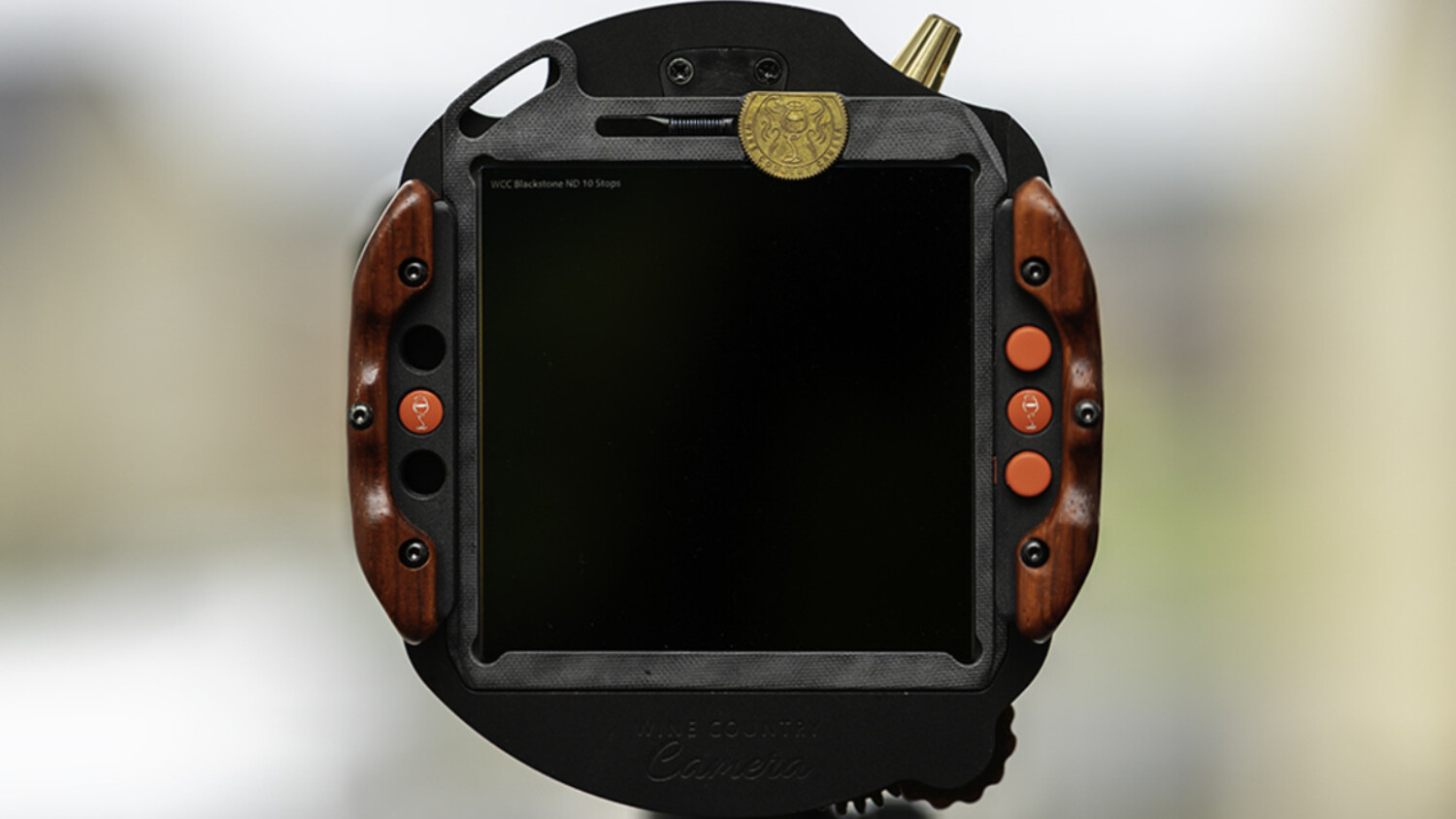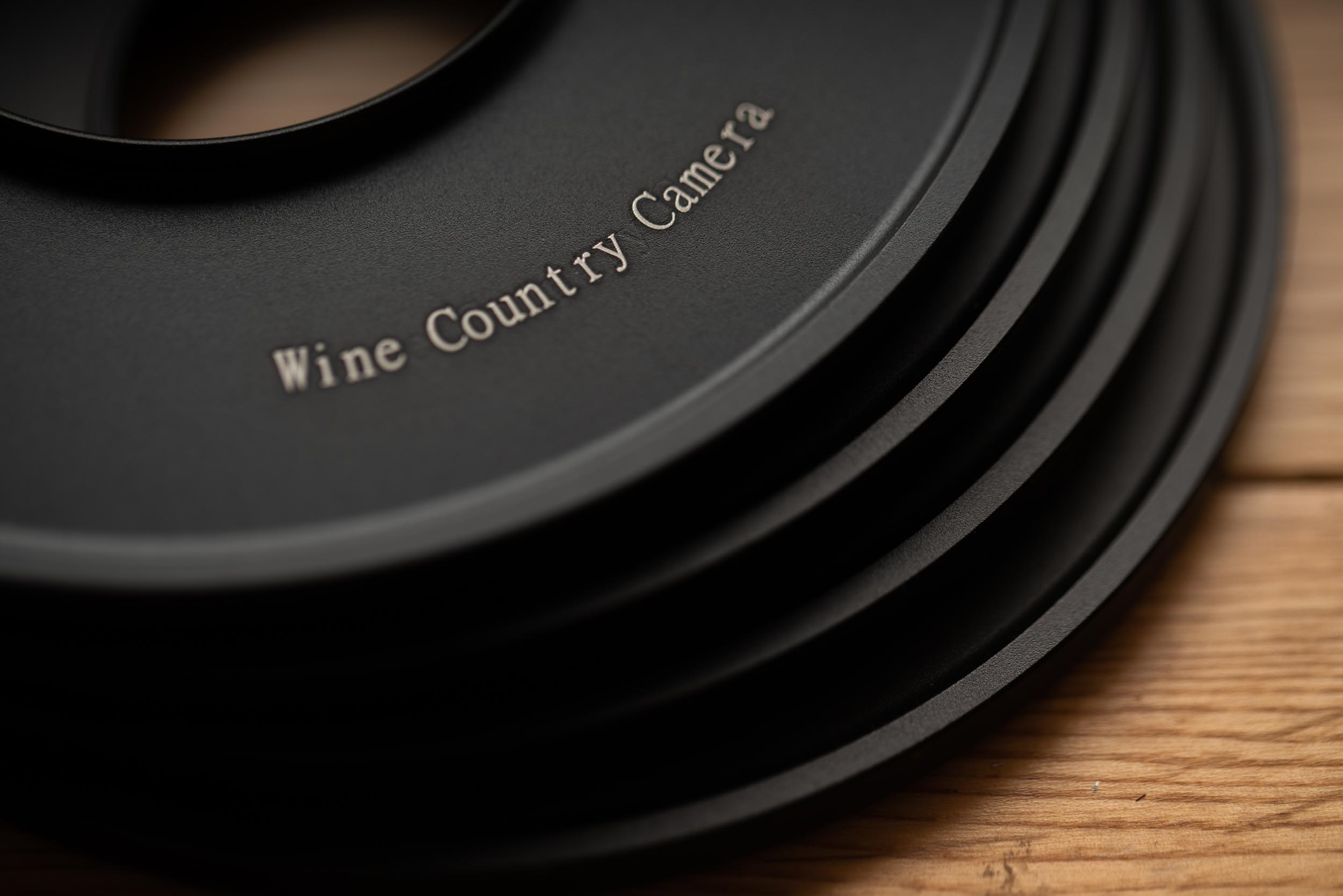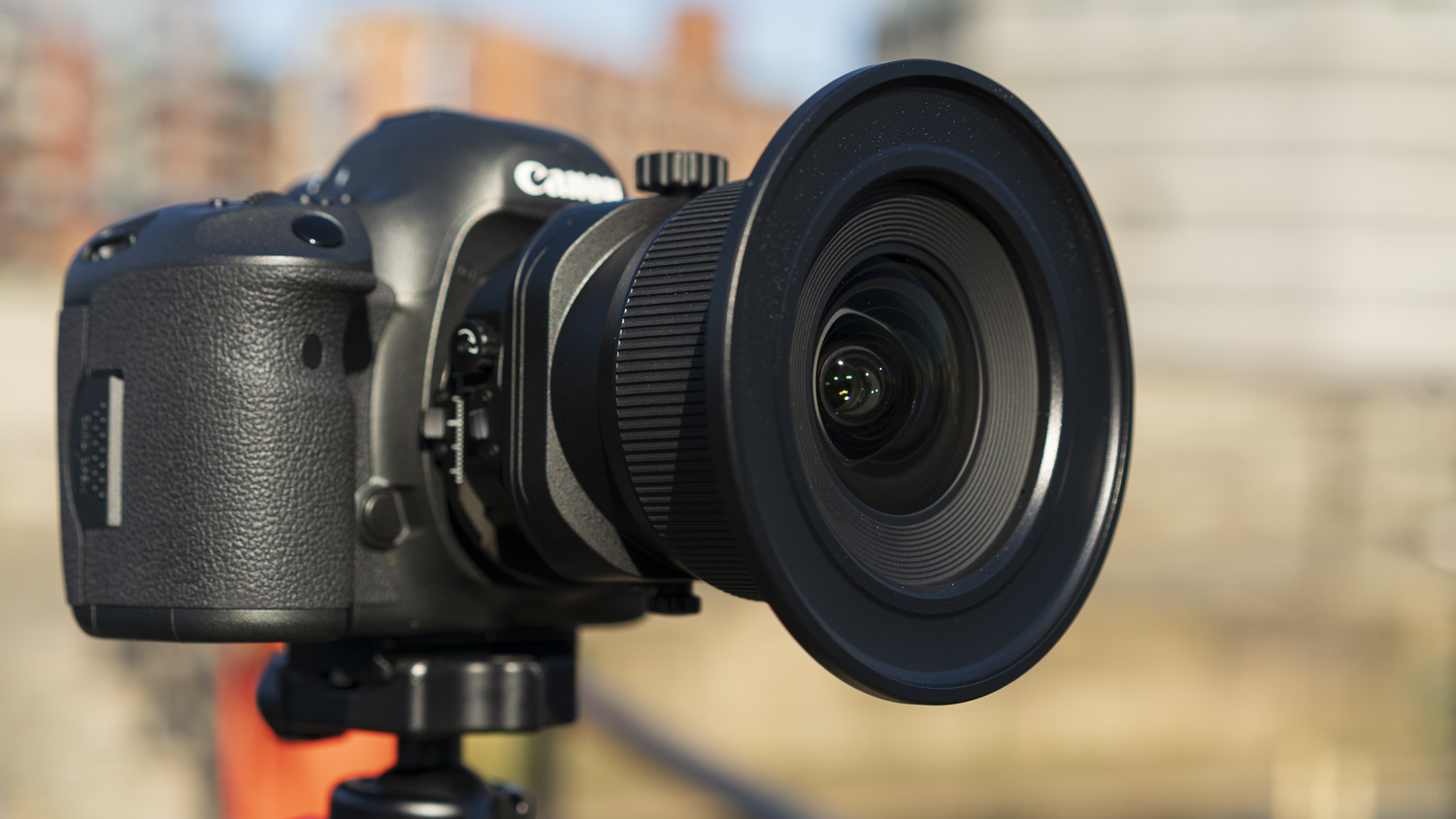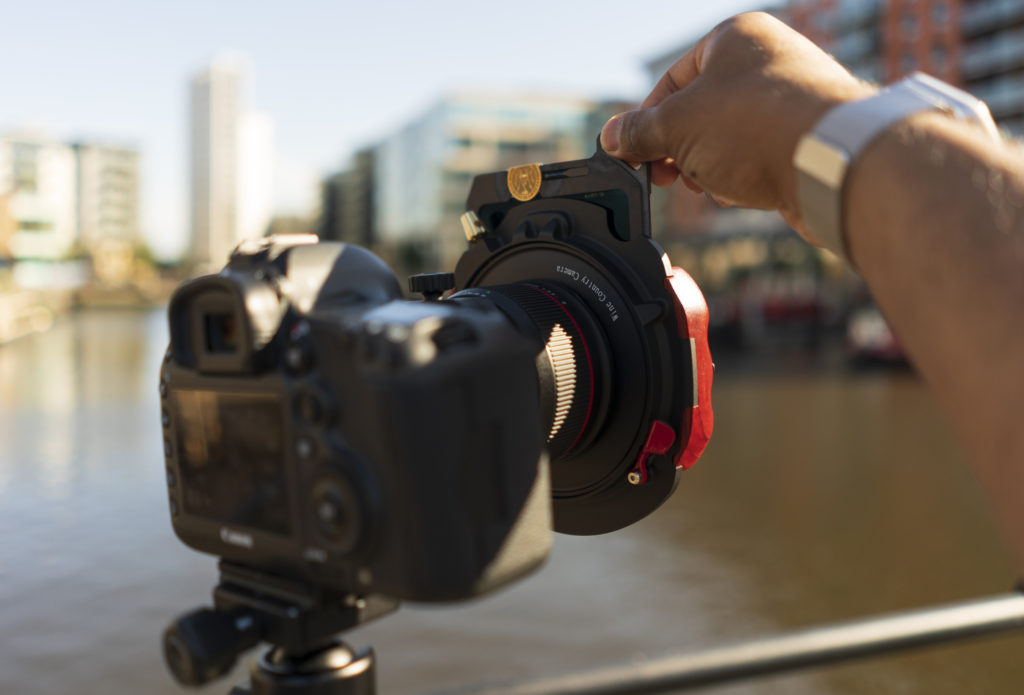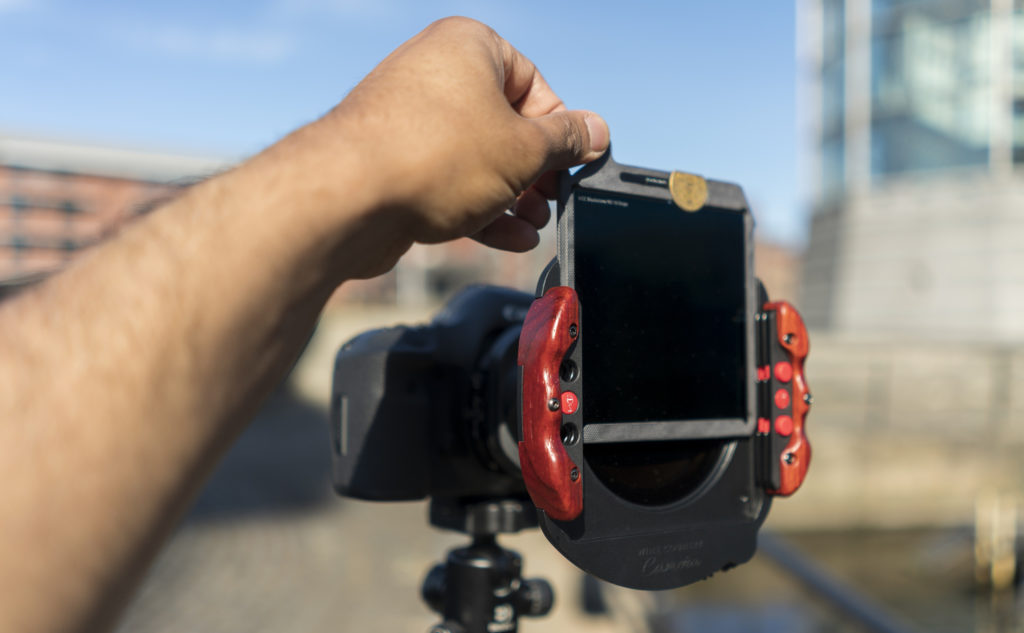APA Reviews Wine Country Camera Filters: Probably the Best System for Architectural Photographers
For many architectural photographers, a good filter system is an absolute must. Filters offer a great deal of flexibility when it comes to exposure times and also controlling reflections; reflections are probably the most vital issue to control when photographing architecture due to their ability to make or break an image. Let’s take a deep dive into Wine Country’s filter system and how it might work for architectural photography!
Design and Usability
This is where the Wine Country Camera system excels above any other system I’ve used so far. The holder is actually quite beautiful. It is without a doubt the best looking holder system currently on the market. The wooden handles feel incredibly premium, the design and look is second to none. Every other filter system tends to have a similarly boring look to it and Wine Country Camera has produced something that looks stunning.
Personally, I value equipment and tools that not only perform well, but also look good too. Some of you may say that the aesthetics of a tool don’t matter and to that I’d have to disagree. The equipment and tools you use have an impact on your brand. If your equipment looks tacky or cheap, clients will more than likely notice, and if it is tacky or cheap, you’re going to have a bad time using it (Manfrotto 410 vs Cube, anyone?).
Having said that, the aesthetics of a product are not as important as how user friendly it is. Regardless of how great a product looks, if it’s something that prevents me from doing my job effectively, then it’s a bad tool. Fortunately, this is not the case with the Wine Country system. This holder system was clearly developed with the photographer in mind.
Take for instance the vault system that is used to house the glass filters. This essentially provides you with “handles” to hold the delicate filters and prevent any smudging. Also it helps to prevent you from accidentally dropping the filter because you can actually hold them properly; no butterfingering it.
The polarizer which is included in some of the packagse connects directly to the holder. You can control it via the huge wooden cog that can be found even if you were blindfolded. The downside of this is the fact that the polarizer cannot be used interdependently of the holder, although I doubt most people will consider this to be a major issue.
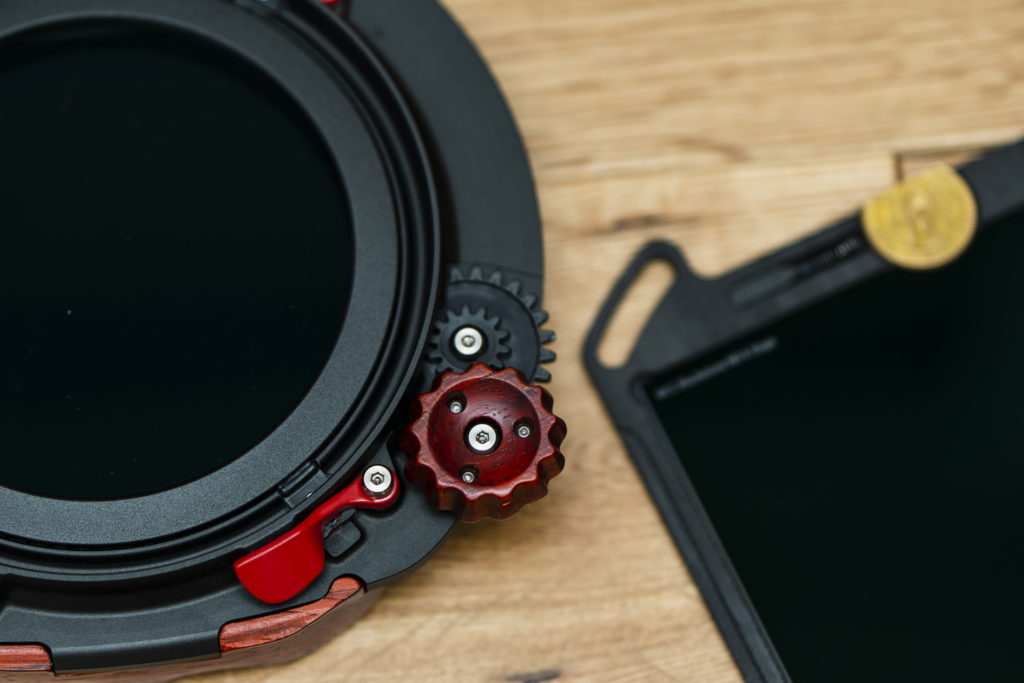
Adapter rings are used to connect the holder system to your lens. This is pretty much the standard method that most filter manufacturers use. The difference is that the adapter rings Wine Country use are definitely the highest quality adapter rings I’ve ever used. The metal feels significant and has a good degree of density to it. The reason why this seemingly mundane point is important is because this is the what connects the whole system to your lens. Some manufacturers that I’ve shot with tend to have flimsy and cheap feeling adapter rings. Attaching expensive filters to an expensive lens via a flimsy adapter ring just doesn’t sit well with me. For this reason I’m very pleased to see that Wine Country have put a great deal of effort behind even this aspect of their holder system.
The holder itself can accommodate a total of three filters not including the polarizing filter. This gives you a lot of flexibility and creative control. You can effectively have two ND filters, a graduated filter and a cpl attached all at once.
My favorite feature for this holder system is the fact that you can quickly lift up ND filters due to the little handle on the vaults. This makes it super easy for you to see your focus and composition through the viewfinder or the LCD without having to remove any of the filters or even the holder.
The other benefit of the vault system is how it creates a tight seal between the holder and filter. This prevents light leaks which I’m sure many of you would prefer to avoid dealing with as they can create flare or a loss of contrast.
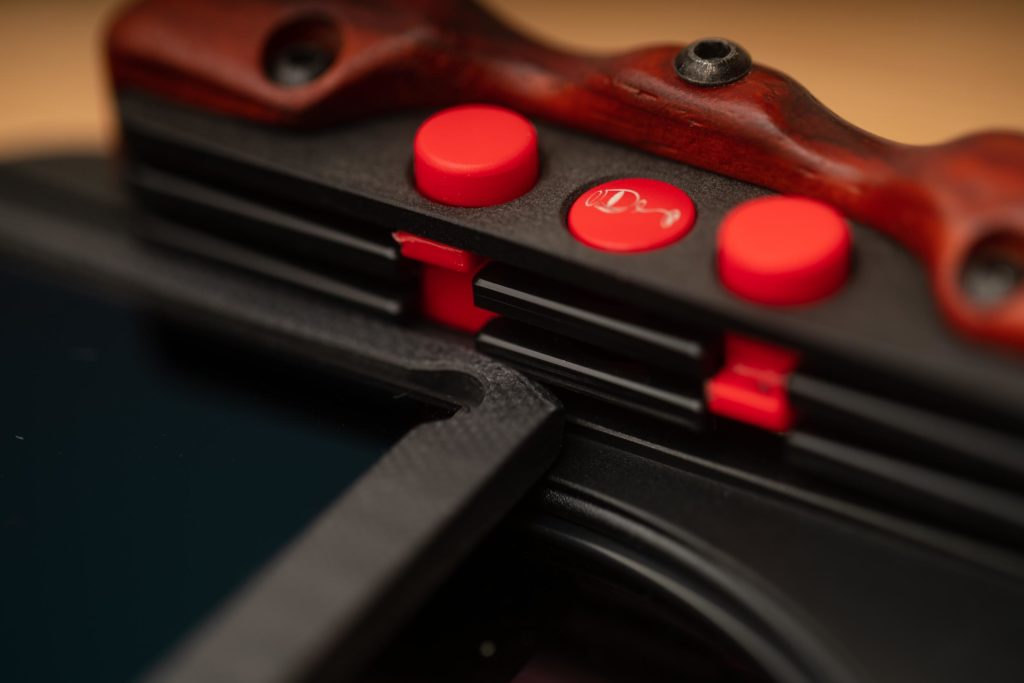
Finally, the whole system comes with a case and pouch which helps you transport the whole system easily. The case for the holder is a hard case, but unfortunately, the case for the filters is a soft pouch which isn’t very reassuring to me. The other issue is that there’s no space in the case or pouch for the adapter rings; meaning they need to carried separately. Admittedly, it’s not a huge issue, yet still, it’s a minor annoyance.
Image Quality
This is probably what most people are interested in: can these filters perform as well as they look? The answer is absolutely. I’ve personally had the opportunity to test and compare filters from most of the current manufacturers and I have to say that the system from Wine Country has remained atop that list.
Personally, I think colors are more important than sharpness, especially for architecture. A little loss in sharpness is rarely an issue, however, color shifts and casts can be problematic.
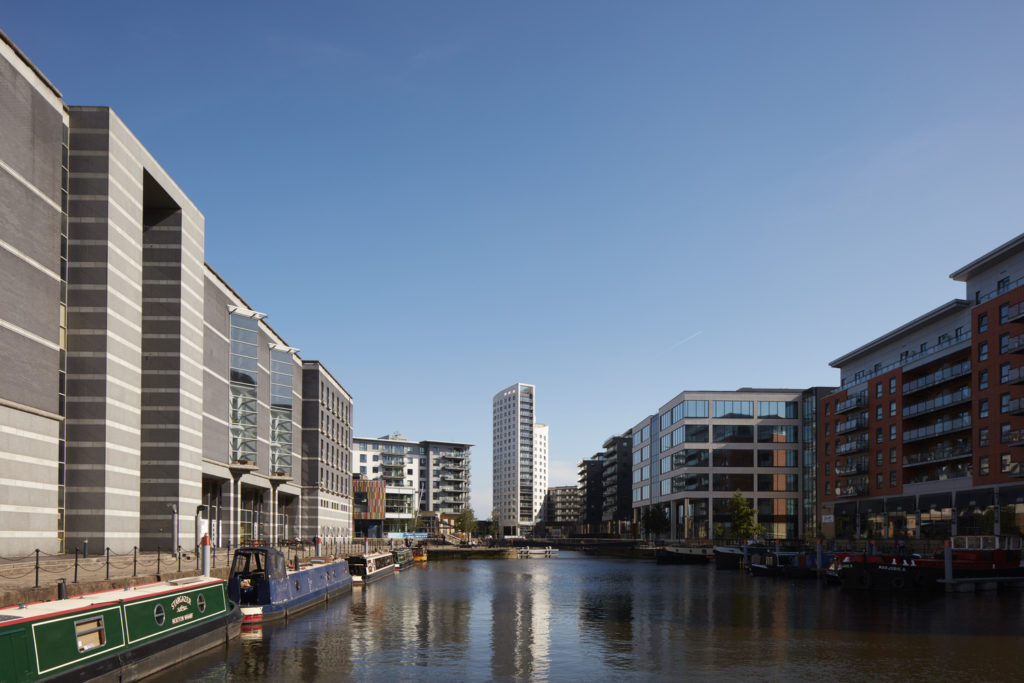
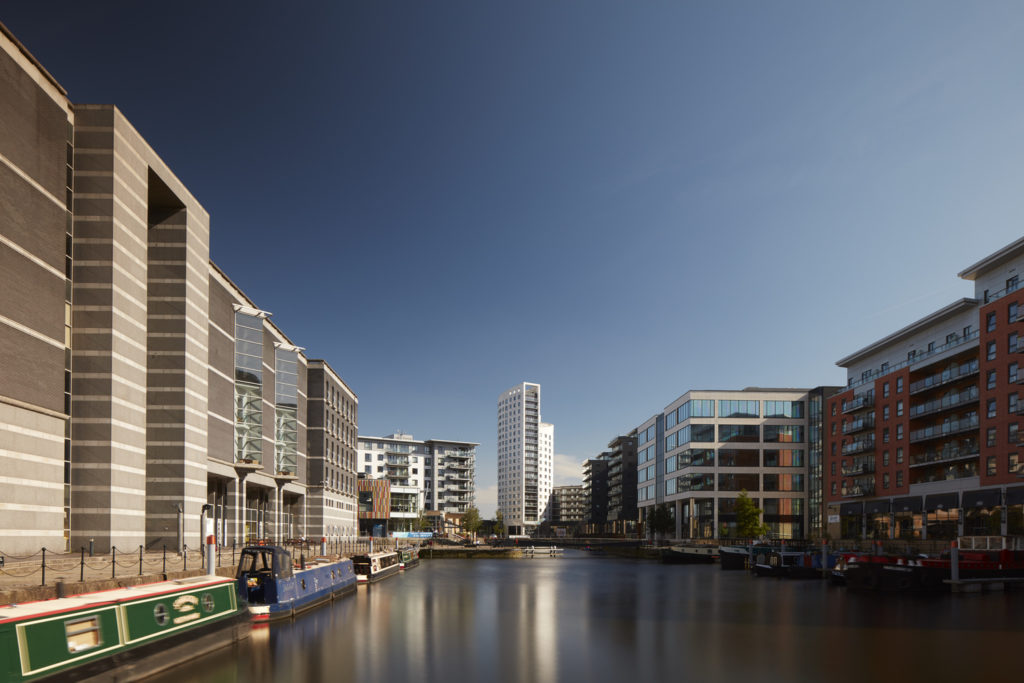
Looking at the two images above, you’ll notice a warm shift in colors for the image where filters were used. This is something I notice when shooting with the polarizer more so than any of the other filters. Almost every polarizer seems to affect color, although the shift with Wine Country is very manageable. What’s important to know is that this color shift is barely visible when shooting with just the 10 stop ND filter.
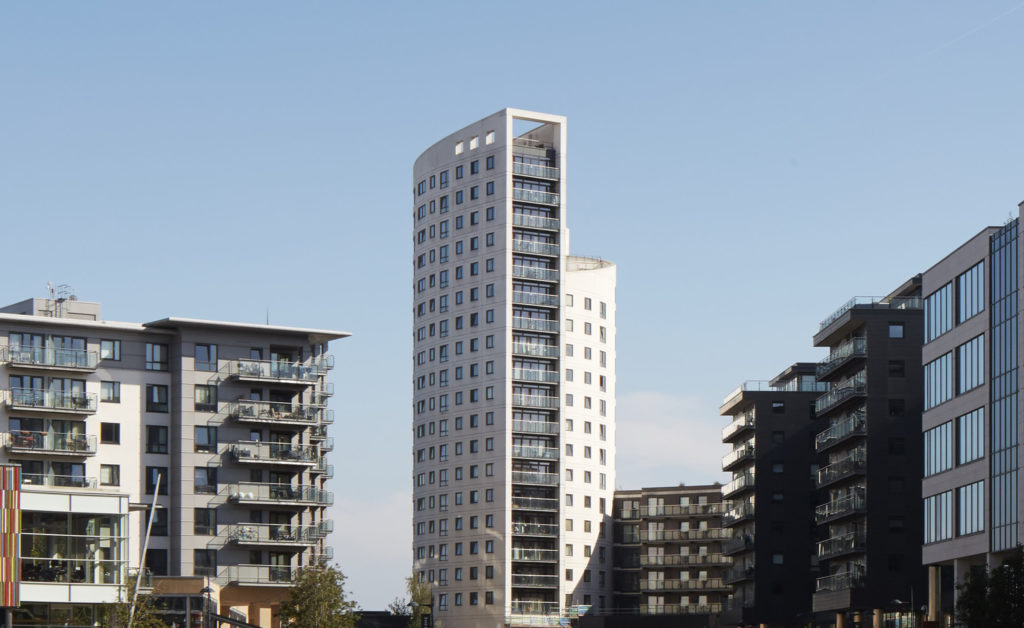
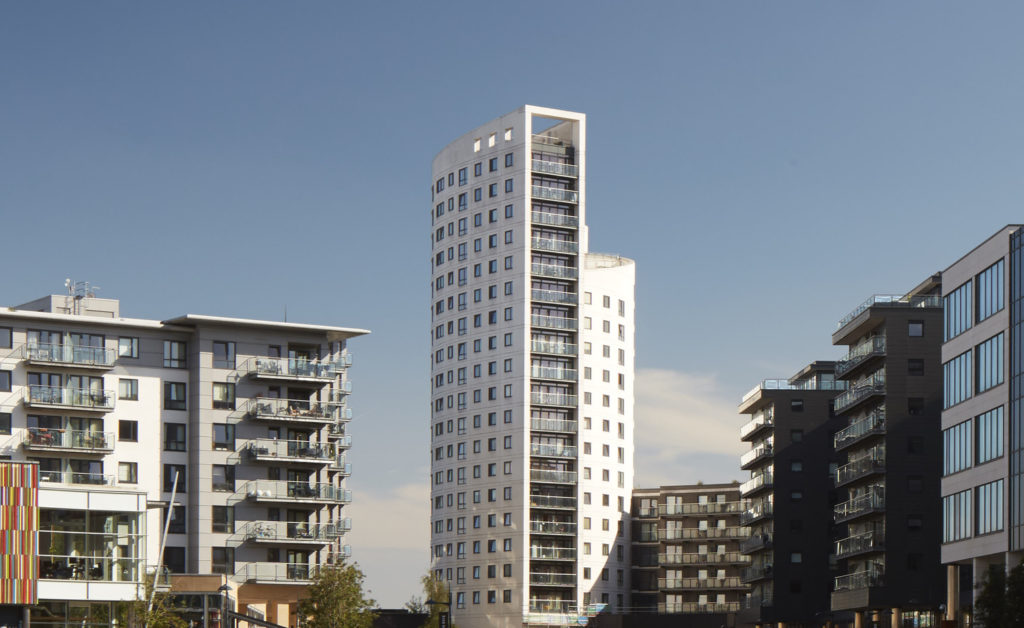
When it comes to sharpness, there is no visible loss in detail. I’ve pixel peeped the images for a good degree of time and in real world shooting environments, I can’t find any difference when it comes to sharpness. These filters really are incredible when it comes to how well they’re able to retain detail.
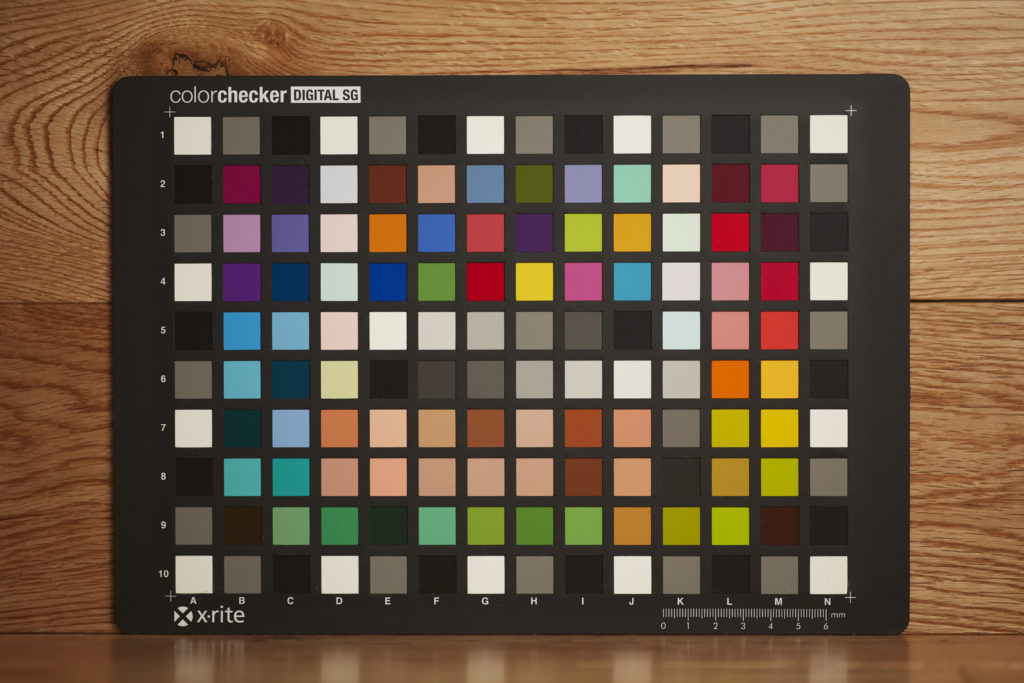
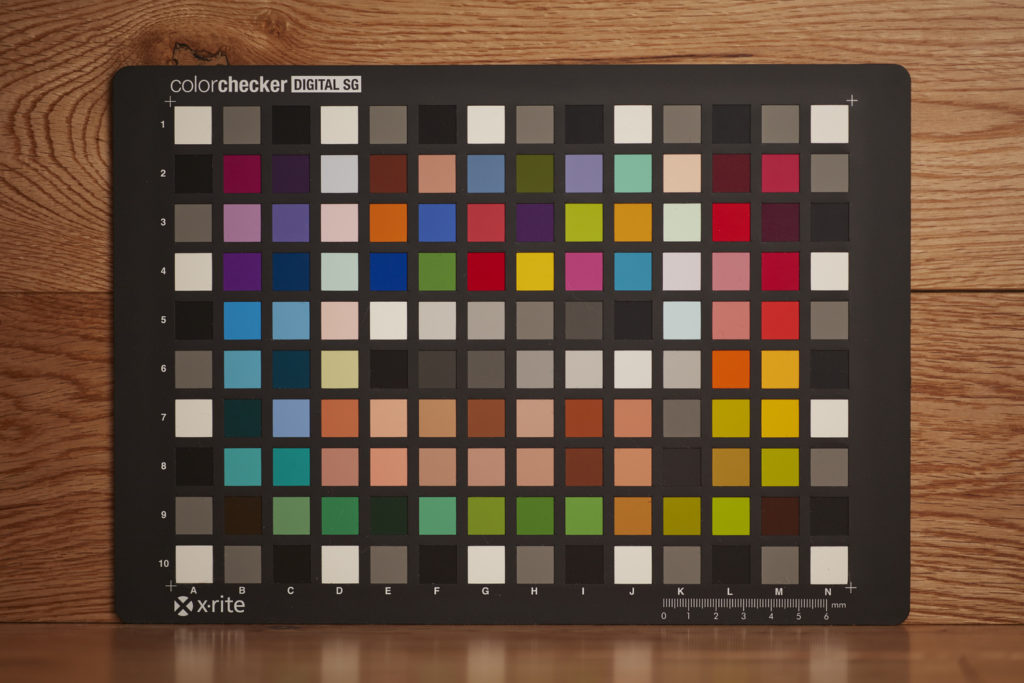
Shooting with the 10 stop filter in a controlled environment, you can see that the color shifts are not anywhere near as significant as the image above. This is because the control image was shot without using a polarizer and individually the ND filters perform incredibly well. So far in my testing, the Wine Country filers have been the most neutral of all. CPL filters in general tend not to be as color neutral in my experience.
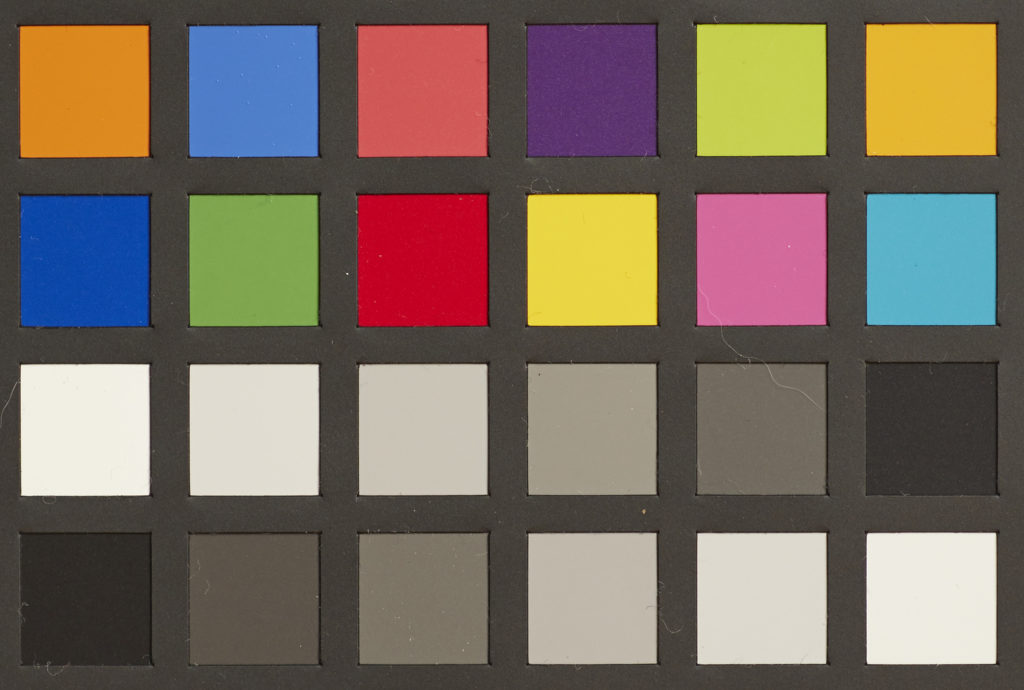
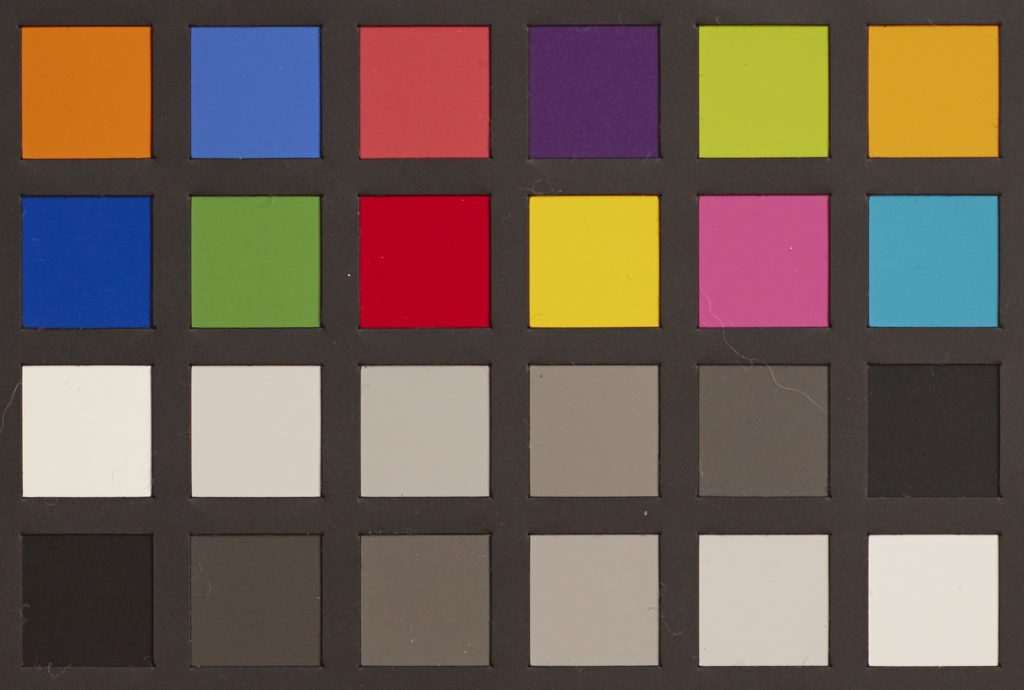
When it comes to testing the sharpness in a more controlled environment, you’ll notice how the wine country filters do have a slight impact on detail. The control image appears slightly sharper. I should however, mention that this is somewhat of an extreme situation because I was shooting with an incredibly sharp lens, the Zeiss 135mm f/2.0. This lens is offers a rare degree of performance therefore I’m pushing the filters right to the edge of what they’re capable of. As you saw in real world environments, the loss in details is imperceptible.
The final thing I wanted to test was issues in harsh lighting and light leaks. Most of the filters that I have shot with have suffered at varying degrees in harsh lighting conditions. The Wine Country filters however do not demonstrate any light leaks that I could see. A little flaring is visible but there are no light leaks.
Bear in mind that light entering from an optical viewfinder could still impact your images, although that is not something any filter system can manage.
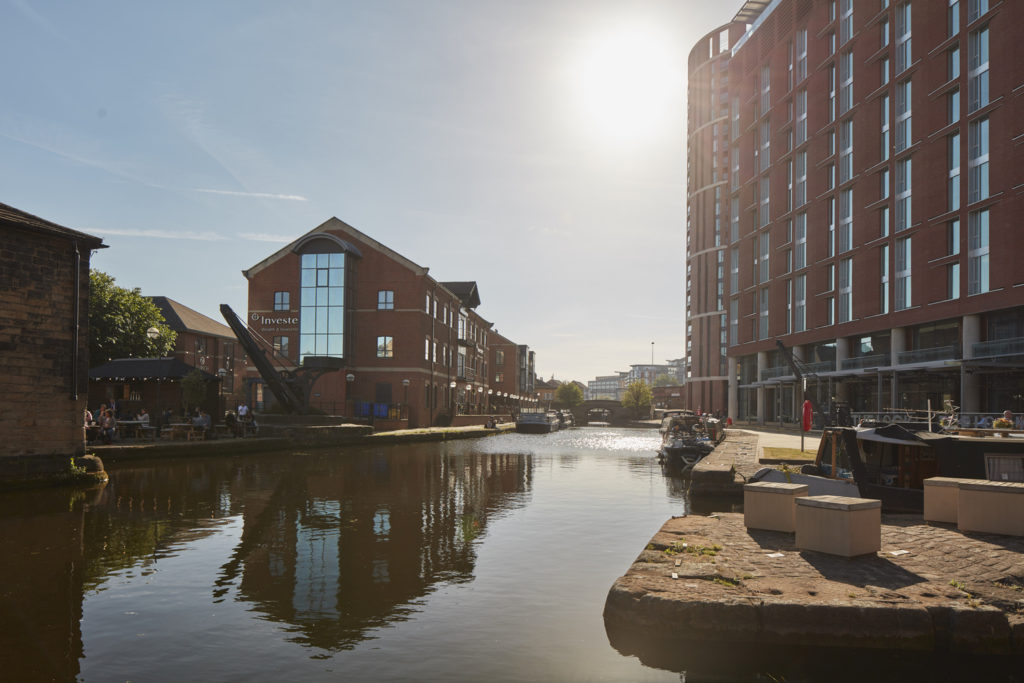
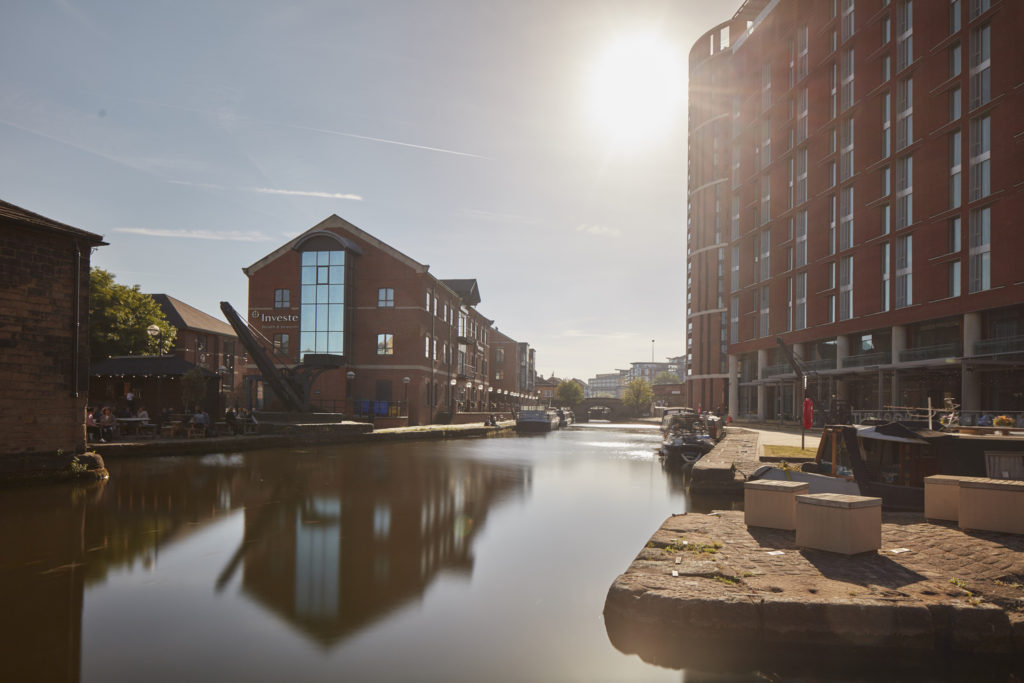
There is however some loss in contrast and this I think is due to gaps in-between the filters. As you can see the above test image was shot using multiple filters and in those situations you may notice loss in contrast. With single filters this is not the case.
Final Thoughts
For many photographers, a good filter system is a must. At one point in my career I didn’t think that was the case. I have since then changed my mind for a number of reasons. Based on this I think that it’s important to have a proper filter system on hand when photographing architecture. Wine Country produce what I think is the best filter system currently on the market. They could be described as expensive but I think they’re well worth the cost. You can purchase your kit using this link here.
You can download all of the test images using this link here.
